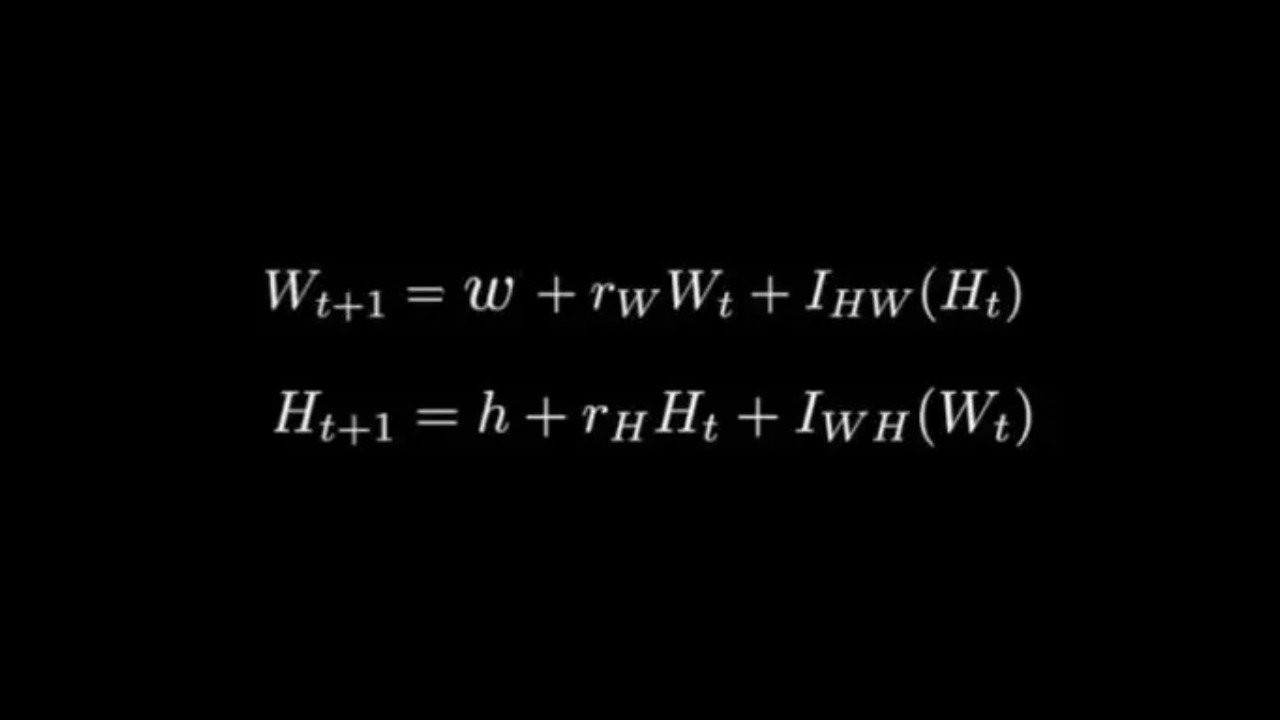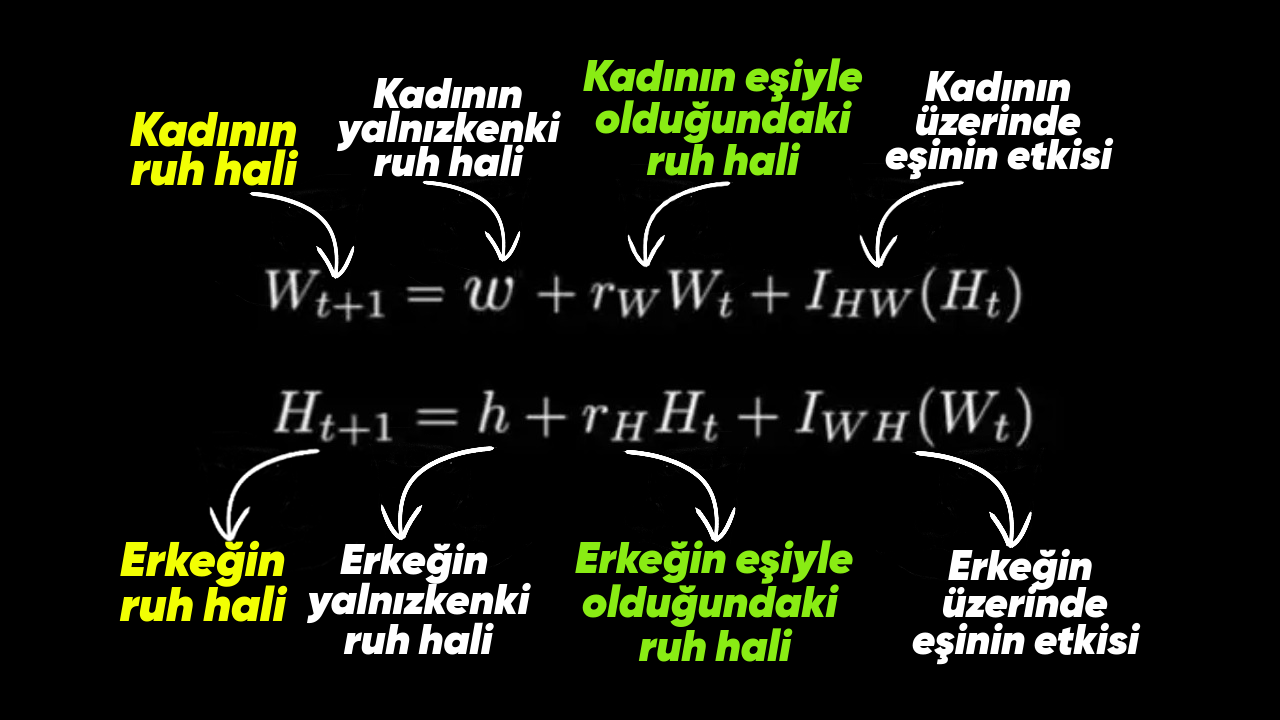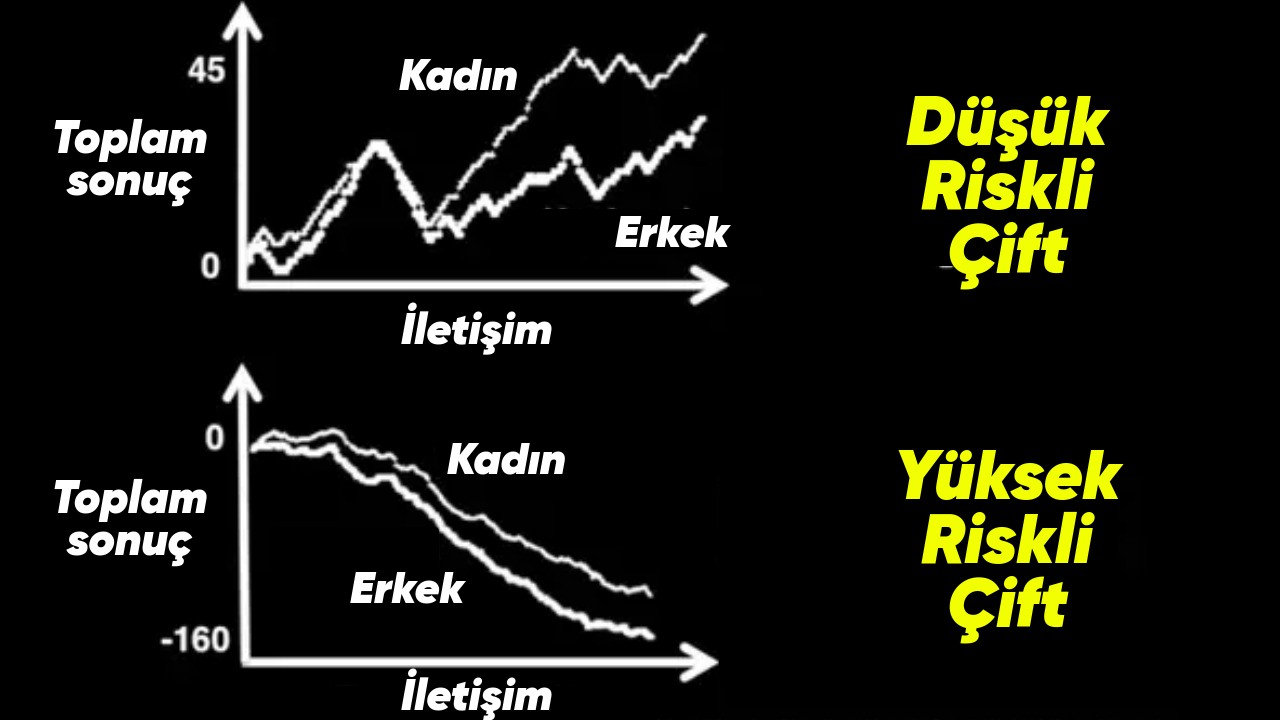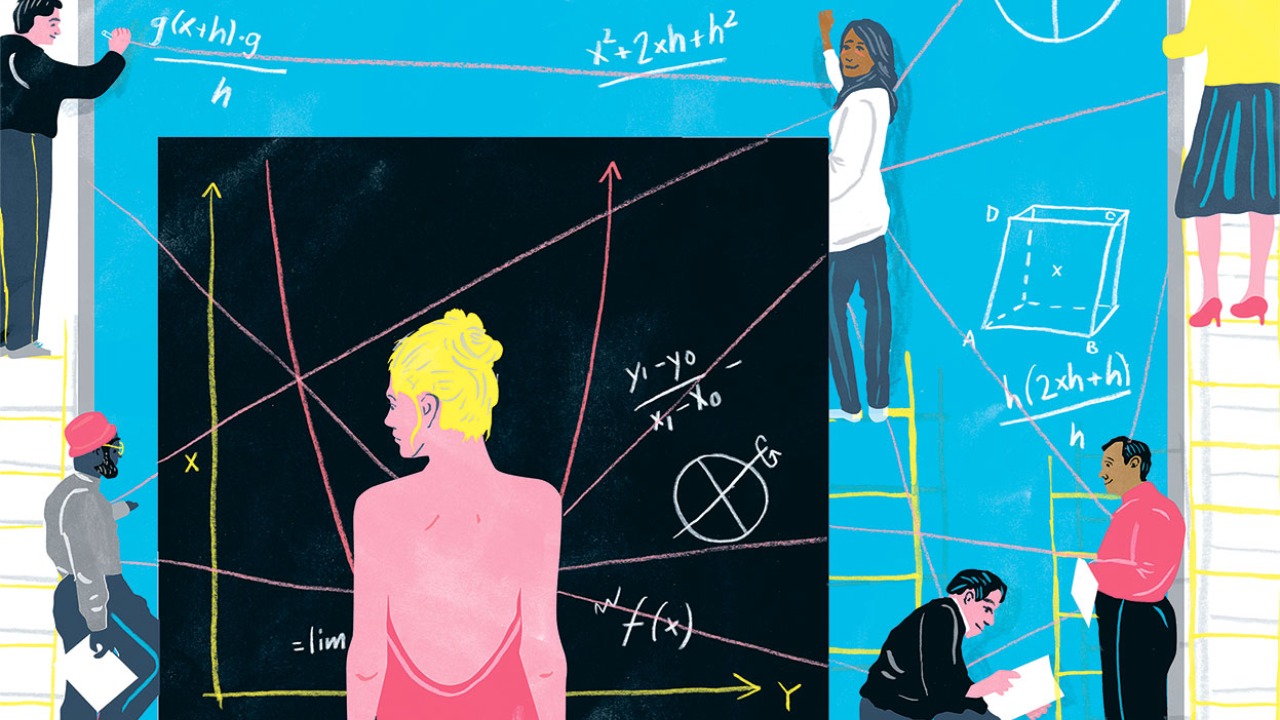Although each of us is different people, there is one point where we meet on a common ground, and that is our feelings. One way or another, we spend most of our lives “finding true love” and looking for ways to achieve that absolute happiness. What if we say that mathematicians are thinking of helping you find your soul mate?
Contrary to popular belief, mathematics does not only consist of abstract and difficult-to-solve problems. In fact, this branch of science is with us in most of our lives and with his foresights even on subjects that we think are impossible to calculate. can enlighten us.
In this context how the math of love works And let’s see how mathematics helps us in this regard.
Peter Backus, a long-time single mathematician, writes an article titled “Why I Don’t Have a Girlfriend.”
This work by Backus is named after its creator, Frank Drake. Using the Drake equation is created. Astronomer Frank Drake conducted a kind of thought experiment in 1961 to help us find out if we are alone in the universe. Drake suggested that the number of technologically advanced civilizations in the universe would be a product of seven variables and created his equation in this context.
RELATED NEWS
“Where Are the Aliens?” The Frightening Possibility of Answering the Question: The Dark Forest Theory
Backus started off with this idea, and at the end of his work calculated that the number of acquaintances in the galaxy is greater than the number of potential girlfriends because Only 26 of the 30 million women in the UK can have a date. had detected.
The probability in this case was “one in a million”.
Of course, as it is not possible to calculate exactly how many alien life forms there are. Nor is it possible to calculate exactly how many potential partners we might have. however, although these numbers cannot be determined clearly, the power to make predictions is very valuable for a scientist.
Backus, before this work, a set of criteria and then lowered those metrics to 7 just like Drake did. In this way, he would be able to answer the problem by going through the parts rather than looking at the problem as a whole.
Let’s come to the 7 criteria that Backus determined in order to find his own partner:
- living near me how many women are there (in London -> 4 million women)
- How many people in the right age range it could be? (20% -> 800,000 women)
- Avoid single is it likely to happen? (50% -> 400,000 women)
- Avoid have a university degree is it likely to happen? (26% -> 104,000 women)
- how many To me attractive can you come? (5% -> 5,200 women)
- how many attractive to me can you find? (5% -> 260 women)
- with how many i can get along well? (10% -> 26 women)
By the way, it should be noted that Backus lived in England and had set some of his criteria according to the geography he lived in. Of course, we also Türkiye oriented we can think.
Of course, if Backus hadn’t been so picky and expanded some of his criteria a little more, this number could have increased.
For example, the woman he seeks is not only in London but also in other countries of the world If he had any desire to find it, his chances would have doubled instantly. Again, if he didn’t worry about his future love being a university graduate, he would have increased this limit a little more.
In fact, creating such a list, which is even more likely to go on, is a bit like challenging the impossible. Instead of really set a few essential criteriaBeing limited to just them and giving those around us the chance they want can help us find the right person we are looking for.
In another study where we discussed the mathematics of love, mathematicians tried to calculate whether a relationship would last or not.
Of course, there are conflicts in every relationship, but to deal with these problems properly, we need some tools. At this point, the emerging mathematical patterns some predictions can give.
For example, in one study by psychologist John Gottman and his team, they observed the interaction of nearly hundreds of couples over several decades. These people facial expressions, blood pressures, and heart ratesAll the values they could detect, such as I, were measured.
Then, Gottman and his team used a scoring system to calculate the approximate value of these couples. They can predict with up to 90% accuracy whether they will leave or not. revealed. After all these studies, mathematician James Murray was involved and by analyzing all this information, he obtained a mathematical model.
The mathematician chose to summarize the fate of a relationship with these two equations.

Although these equations may seem meaningless at first, they actually express a set of rules in the sense of predicting how positive or negative the conversations between couples will be in the next stage. While the top line is created for the woman, the bottom line is for the men. Represent.
The part of the first equation that starts on the left is how positive or negative the next words the woman will say will be. The woman’s reaction was generally determined by her mood (w), her mood when she was with her partner (rwWt), and finally, the most obvious criterion. to the effect of his wife’s actions on him (IHM) it depends.
Ht at the end of the equation is also a part of this effect. it depends on what your wife just did It is a mathematical abbreviation for express. The same logic is defined for the bottom line male.
In fact, the duration of the relationship depends on how the two partners influence each other, and in this context, the most prominent element in Gottman and Murray’s equations is the term influence.

When the influence of a man (Ht) on his wife (IHM) is taken as a guide and this equation results in high values, there appears to be a positive interaction between the two. But if this value drops below zerothe partner’s next word in the conversation is more likely to be negative.
Let’s also evaluate the issue from the perspective of the woman and assume that the man exhibits positive behaviors during the discussion. For example, his wife’s approval of his word or making jokes to relieve the tension. This action will have a small positive effect on the woman and the probability of responding more positively to the other will increase.
The T+ point is reached even if the man makes an approach of telling his wife that he loves him right during the discussion. After this moment, it will be possible to see the argument between the couple settled down.

On the contrary, when a man exhibits a negative attitude such as interrupting his wife during communication, this situation will have a constant and negative effect on his wife. In this trajectory, the couple eventually “negativity thresholdThere is a very high probability that it will reach the point called ”.
The most unsuccessful relationships that the thresholds for negativity are significantly high it is possible to say. In these relationships, couples are intolerant of each other and cannot resolve even the smallest problem between them.

Addressing love relationships in the context of mathematics gives us sometimes when we can answer why we are alone; sometimes it can be very helpful in maintaining the course of our relationship with solid foundations. If you are looking for the answer to this question, we say consult mathematics.
RELATED NEWS
The Scientific Way to Understand How Attached You Are to Your Lover: Pair Bond
RELATED NEWS
Are People Monogamous or Polygamous? We Answered This Question You Probably Wouldn’t Like Too Much!
RELATED NEWS
